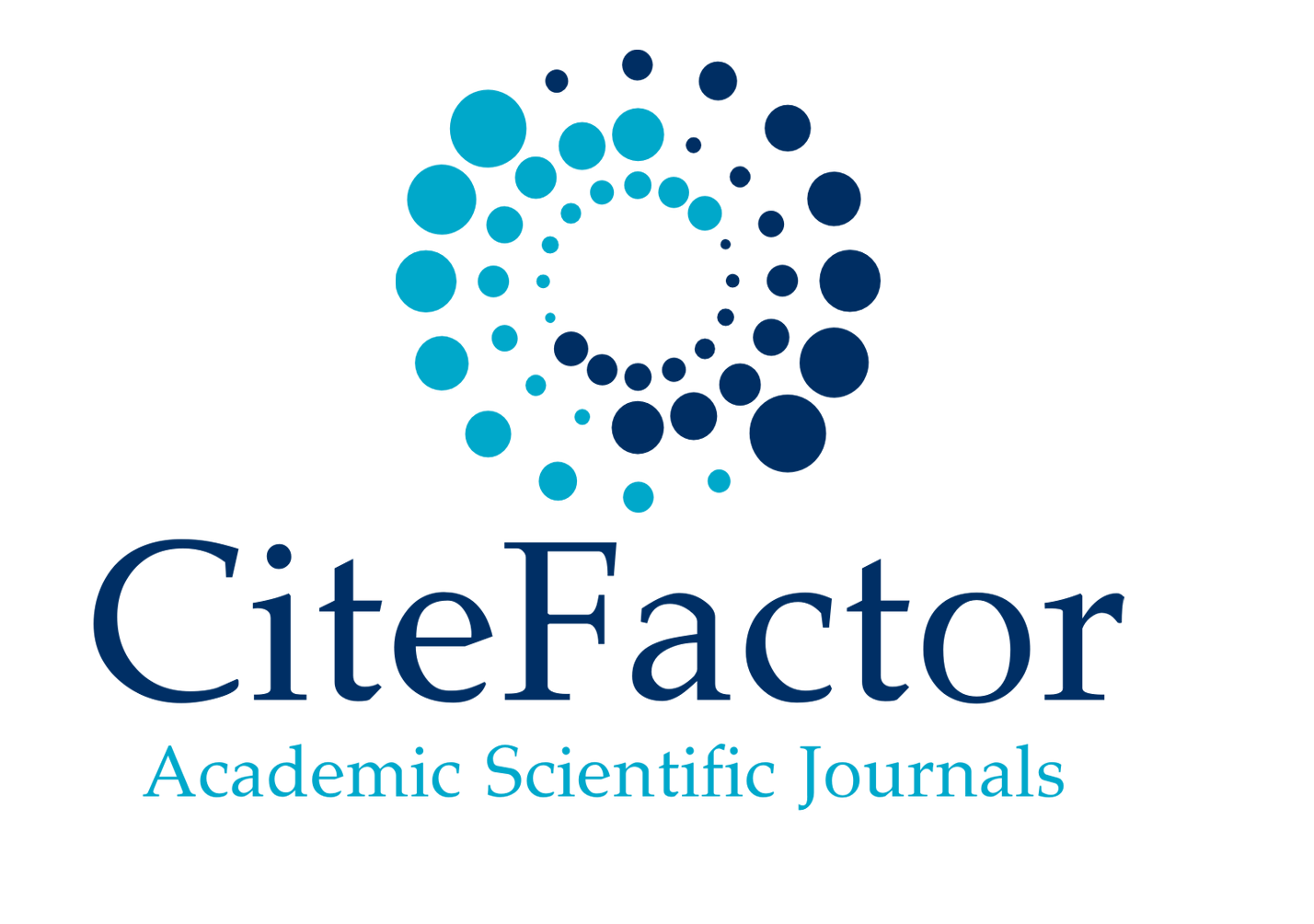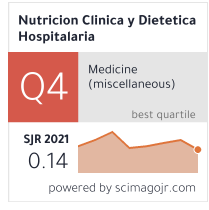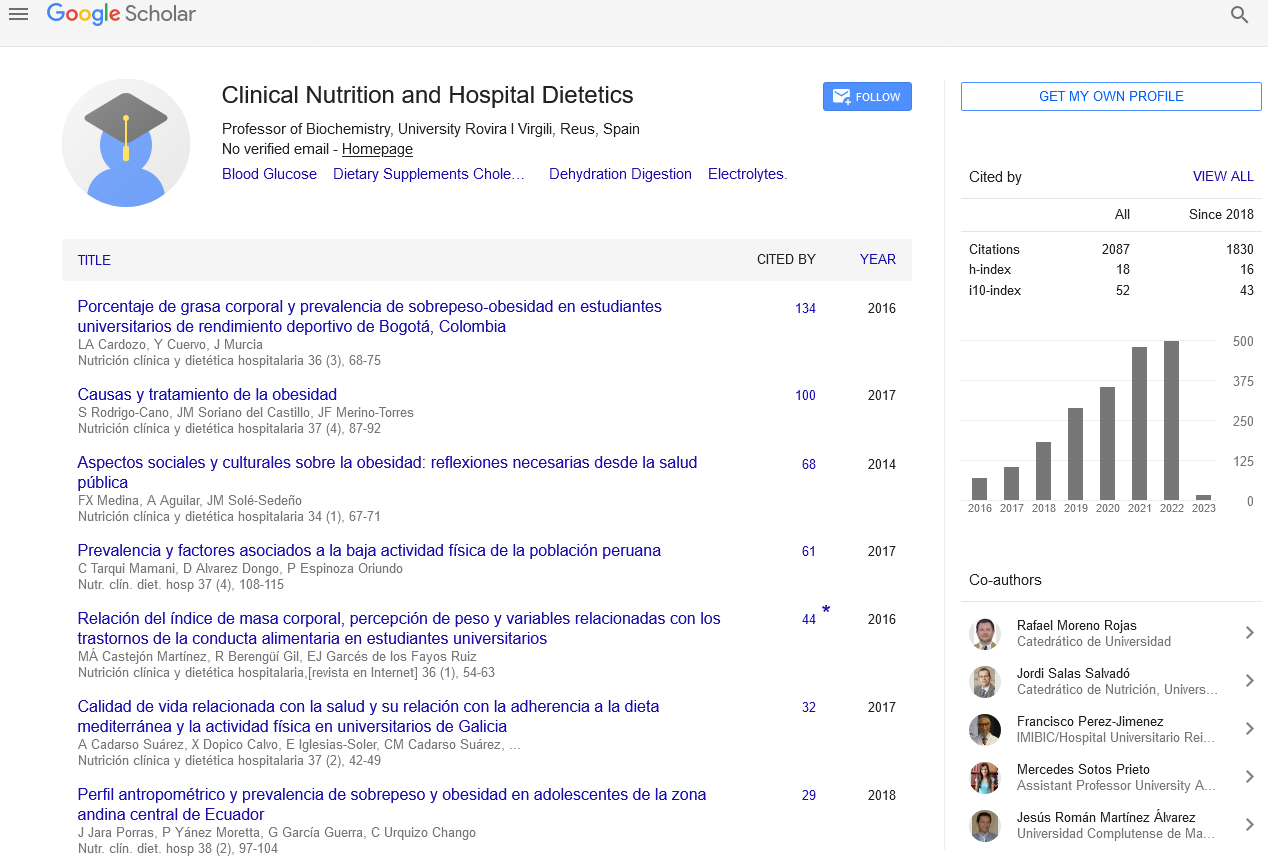Abstract
Associations between oral health literacy, food consumption and the presence of oral lesions
Author(s): Dantas Cordeiro, Mariana1; Pinheiro Machado Arruda, Soraia2; De Carvalho Sampaio Lima, PatrÃÂcia Paula3; Magalhães dos Reis, Dayanna4; Machado Mendes, Renata Cristina4; De Paula Mendonça, Marina4; Alves de Carvalho Sampaio, Helena2
Introduction: Patients with inadequate oral health literacy may have difficulty in reading and understanding written instructions, avoid asking questions to professionals, and show unhealthy behaviors.
Objective: To evaluate associations between oral health literacy, food intake and presence of oral lesions of users of the Brazilian Unified Public Health System (SUS) met in dentistry service of Fortaleza - Ceará.
Methods: 98 patients answered a socioeconomic and demographic questionnaire; Food Frequency Questionnaire (FFQ), where consumption was transformed into servings / day, according to the Food Guide for the Brazilian Population 2006; and instrument for measuring oral health literacy (Oral Health Literacy Instrument - OHLI), whose use has been authorized by the authors. The presence of oral lesions was obtained from medical records and they were measured weight and height to calculate Body Mass Index (BMI), and Waist Circumference (WC)
Results: The sample had a mean age of 36.8 (1.3) years, mostly women (69.4%), free of oral lesions (57.1%) and with inadequate oral health literacy (85, 7%) and knowledge (94.9%). An association was observed between the presence of lesions and higher age (p = 0.002), lower education (p = 0.028), no consumption of alcohol (p = 0.048), overweight (p = 0.031), worse performance in oral health literacy (p = 0.038) and knowledge (p = 0.040) tests, as well as lower consumption of meat and eggs (p = 0.025).
Discussion: The associations found between the presence of lesions and older age, low education and inadequate level of literacy were confirmed by the existing literature. However, the literature appears in disagreement to the association between the presence of lesions and lower consumption of alcohol and meat and eggs. For the association with overweight, literature remains controversial.
Conclusion: Individuals with oral lesions have insufficient oral health literacy and health risk behaviors that require intervention actions. It suggests more longitudinal studies to confirm the obtained associations.
Google Scholar citation report
Citations : 2439
Clinical Nutrition and Hospital Dietetics received 2439 citations as per google scholar report
Indexed In
- Google Scholar
- Open J Gate
- Genamics JournalSeek
- Academic Keys
- JournalTOCs
- ResearchBible
- SCOPUS
- Ulrich's Periodicals Directory
- Access to Global Online Research in Agriculture (AGORA)
- Electronic Journals Library
- RefSeek
- Hamdard University
- EBSCO A-Z
- OCLC- WorldCat
- SWB online catalog
- Virtual Library of Biology (vifabio)
- Publons
- MIAR
- Geneva Foundation for Medical Education and Research
- Euro Pub
- Web of Science
Journal Highlights
- Blood Glucose
- Dietary Supplements
- Cholesterol, Dehydration
- Digestion
- Electrolytes
- Clinical Nutrition Studies
- energy balance
- Diet quality
- Clinical Nutrition and Hospital Dietetics




